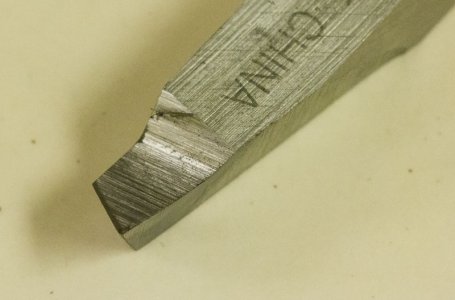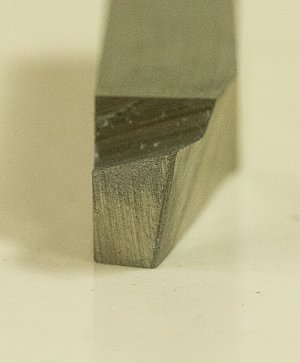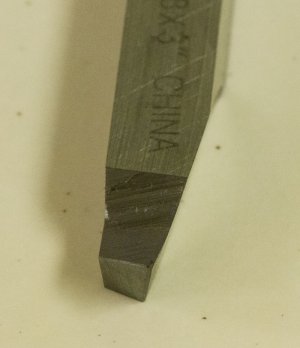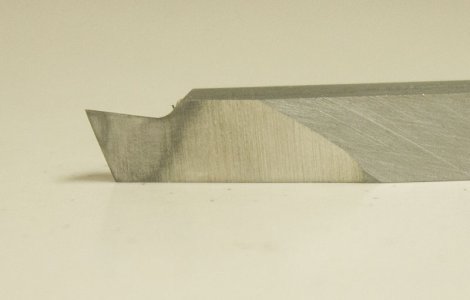- Joined
- Mar 22, 2020
- Messages
- 175
Finally hit a snag when I tried to grind a general purpose aluminum bit last night.
Any tips for grinding the 40 degree back rake?
My table only extends half an inch behind the platen towards the motor. I know I need to fix that before I make another attempt.
Sent from my iPhone using Tapatalk
Any tips for grinding the 40 degree back rake?
My table only extends half an inch behind the platen towards the motor. I know I need to fix that before I make another attempt.
Sent from my iPhone using Tapatalk





